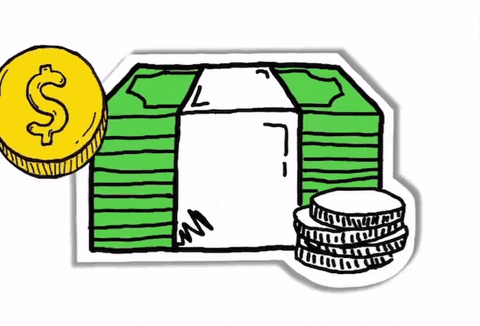Understanding Interest: Different Types of Charges

APR stands for Annual Percentage Rate %. APR gives you an indication of what you’ll pay when you borrow money Interest is like a fee you pay when you borrow money. It’s usually shown as a percentage (APR), and it’s what the lender earns for lending money. The amount you pay can depend on things like your credit, how long the loan is, and how risky it is. More risk often means higher interest.

AER stands for Annual Equivalent Rate. AER is a way to calculate how much interest you’ll get on your savings or investments over a year. It takes into account not just the starting amount but also any interest you earn along the way. It helps you compare different financial products to see which one is the best for your money to grow over time. So, if you have an account with a 5% AER, it means your money will increase by 5% each year, considering both your initial amount and the interest you’ve earned.

Compound interest is good for your savings because it allows your money to grow faster over time. With compound interest, the interest you earn is added to your initial savings. So, in the next period, you earn interest on both your initial amount and the interest you previously earned. This compounding effect keeps building, like a snowball rolling down a hill, leading to substantial growth over time.

